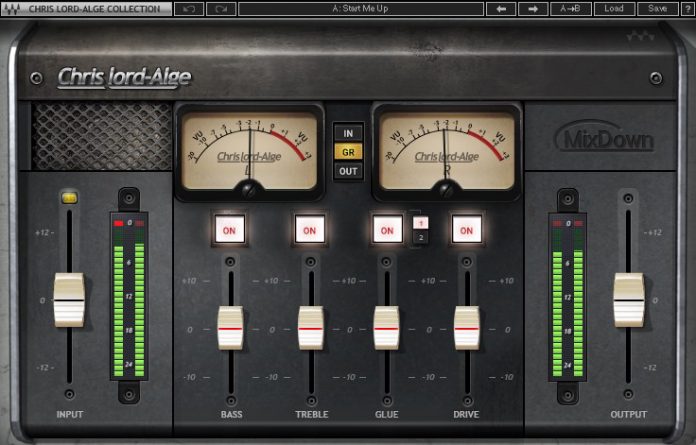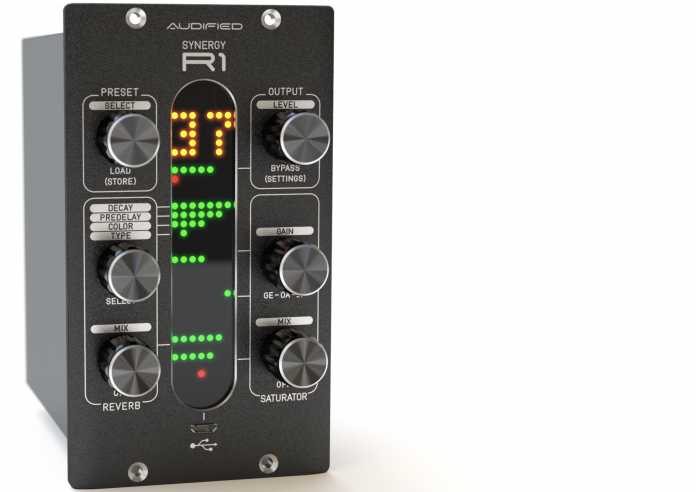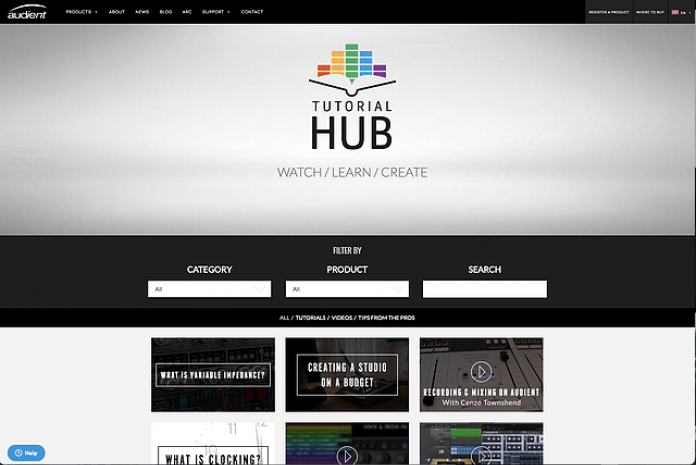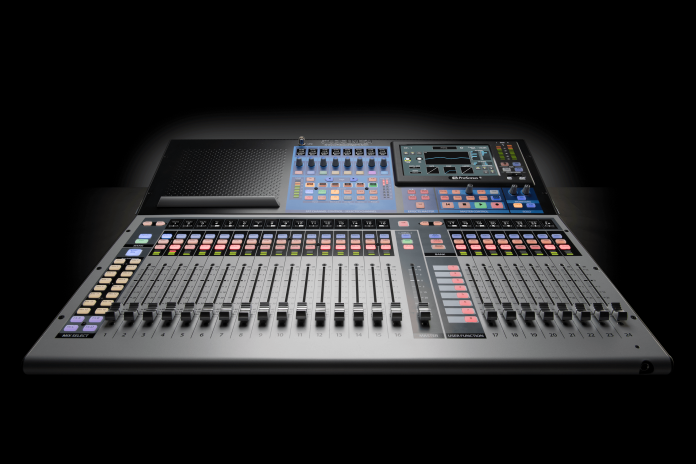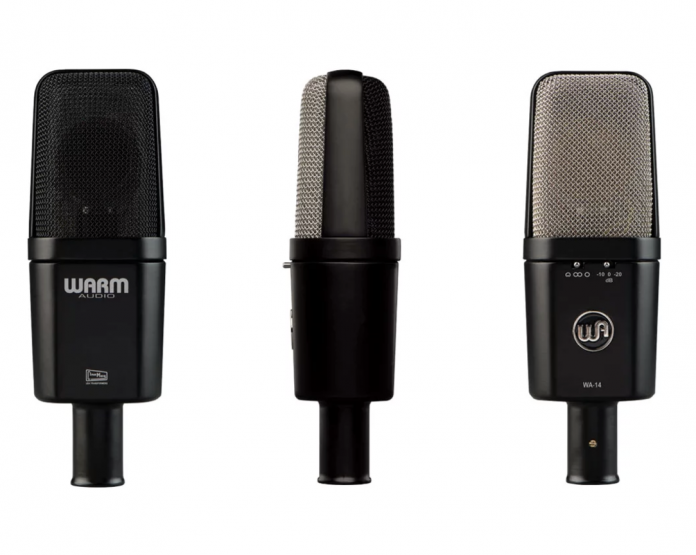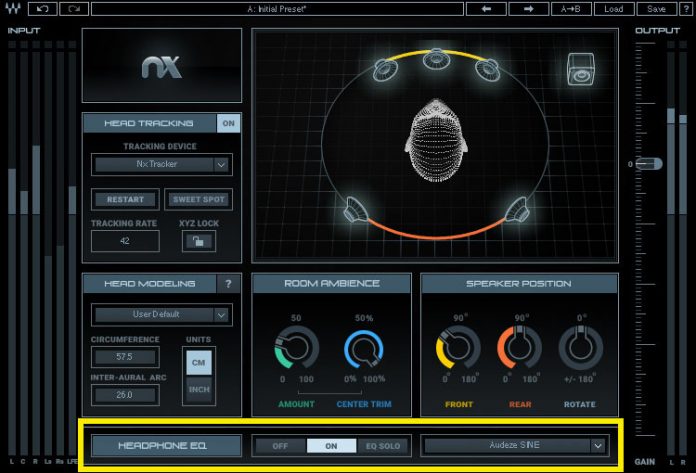The StudioLive Mixers have been a hit, especially with home studios and live gigs. Presonus is now shipping the StudioLive 24 Series III
PreSonus’ new StudioLive 24 digital console/recorders are now shipping, adding to the company’s third-generation StudioLive® Series III line, which launched earlier this year with the StudioLive 16 and StudioLive 32. Like all Series III consoles, StudioLive 24 further improves on the StudioLive’s legendary ease of use while letting you customize workflow and operations to fit the way you work. All Series III consoles feature touch-sensitive, motorized faders, recallable XMAX Class A preamps, and the full 32-channel mix DSP under the hood.
With the StudioLive Series III mixers you can now do complete multitrack recording without a computer. PreSonus Capture™ multitrack recording software with virtual soundcheck is installed directly into the consoles, enabling you to record up to 34 tracks to the onboard SD recorder. When finished recording, open your Capture session in Studio One® for Mac® and Windows® (included), and the entire mix scene will transfer to your Studio One session, including fader levels and Fat Channel settings.
Get true studio quality sound with a plug-in-style workflow that features vintage-style EQ and compression options on every channel, from classic tube limiters to passive EQs. These offerings were meticulously created in-house with state space modeling circuit emulation technology to match the sounds of real analog outboard gear.
StudioLive Series III goes above and beyond in providing ways to customize things to best fit the way you work. User layers for the channel faders let you place any channel, DCA master, or bus fader anywhere you want—and they’re easy to set up. You can customize your Fat Channel layout, putting the parameters you care about most right at your fingertips, and there are several workflow options to personalize your mixing experience.
Scenes can also be extensively customized, including a Scene Safe feature that prevents a scene change from altering the settings on designated “safe” channels. Similarly, Fat Channel presets have, for practical purposes, become like scenes for individual channels, not only saving input and Fat Channel settings but also aux send and bus assignments. Of course you can also use preset filters to choose what you want to recall.
In addition to 4 fixed subgroups, StudioLive Series III consoles offer 16 FlexMixes that can be individually designated as aux, subgroup, or matrix mixes, for a total of 20 mix buses, not counting the main mix, effects mixes, and solo buses. Twenty-four DCAs enable easy, flexible control of groups of channels.
An AVB Ethernet connection enables you to network compatible computers and stream up to 55 channels of audio to and from a Mac or Windows PC. (AVB networked solutions, including stage boxes, personal monitor mixers, and increased third-party AVB interoperability, are coming later in 2017.) You also get 40×40 recording via USB 2.0, giving you a choice of computer recording methods. A separate 1 Gb Ethernet port can connect to a wireless router or directly to a computer for remote control of virtually all features via a wired or wireless connection.
PreSonus StudioLive Series III mixers are tightly integrated with an entire suite of state-of-the-art software. Mix wirelessly or over a wired network from anywhere using free UC Surface touch-control software for Mac, Windows, Android™, and iPad®. Even add a second—or third, or even fourth!—screen for fast workflow. Completely automate virtual soundchecks and record shows with Capture™ for Mac and Windows (included)—or record with Studio One (included) or with any software that supports ASIO or Core Audio. Musicians can control their monitor mixes onstage with free QMix®-UC for iPhone®, iPod® touch, and Android™ devices.
The StudioLive 32 comes with Studio One Professional, while the StudioLive 16 and StudioLive 24 come with Studio One Artist. With either version of this easy-to-use DAW, you can remote control any StudioLive Series III mixer’s recallable XMAX preamps and Fat Channel processing for low-latency recording with effects. To further enhance your productions, you also get the
Studio Magic Plug-in Suitefor Mac® and Windows®, which includes seven popular plug-ins in VST, AU, and AAX formats.





